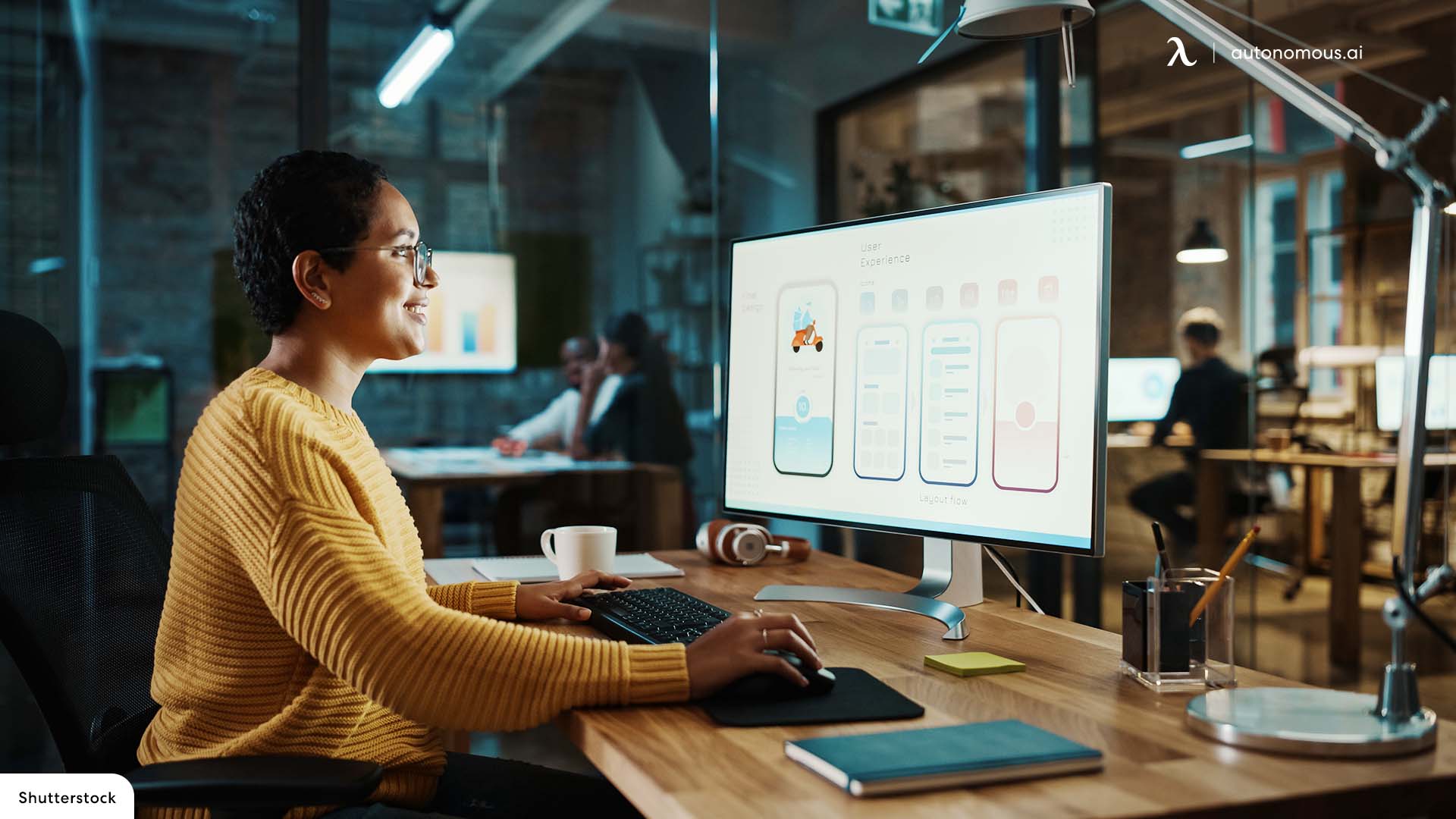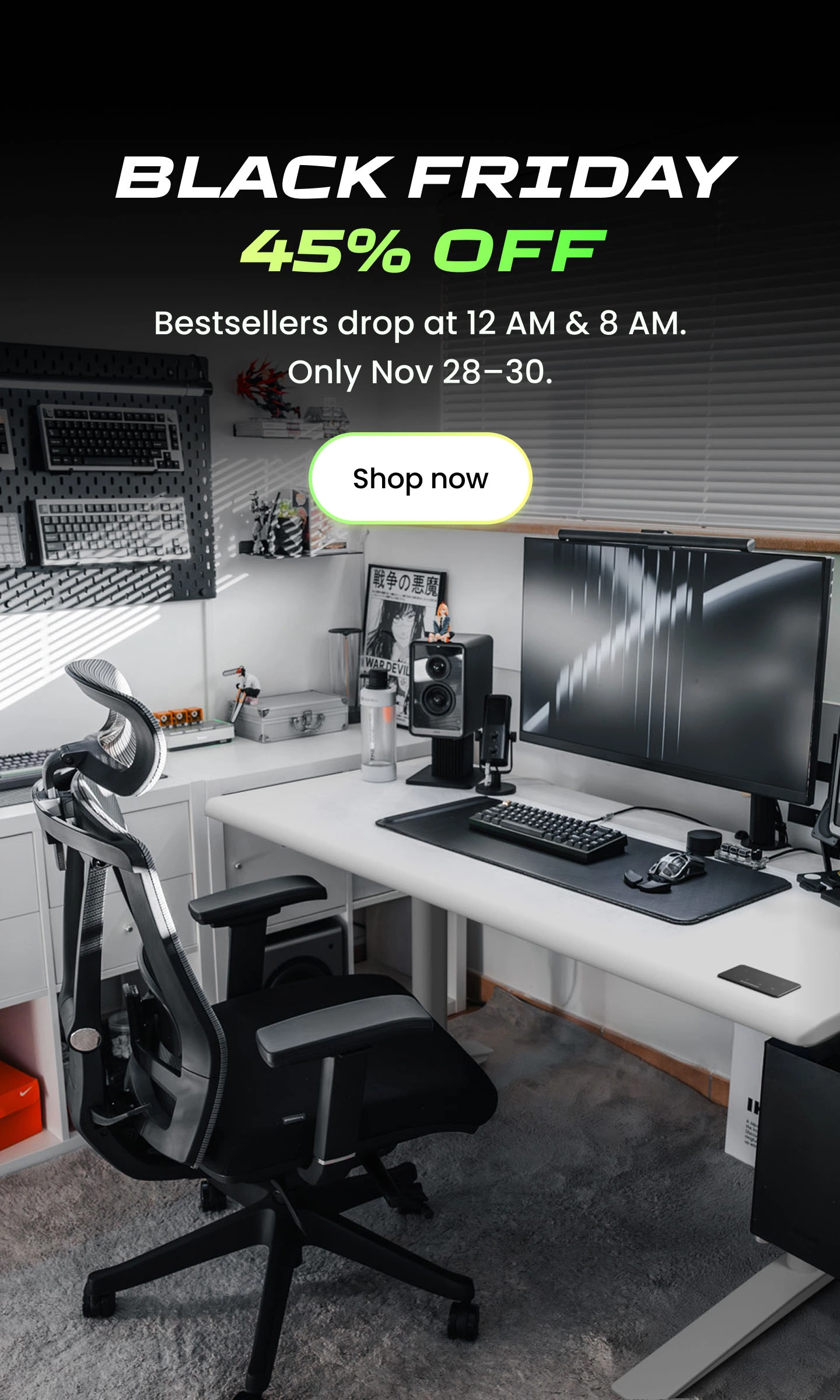
Open-Source Large Language Models: Empowering the Future of AI
Table of Contents
Artificial intelligence (AI) has become a key driver of innovation across industries, and large language models (LLMs) are at the forefront of this technological revolution. These models, designed to understand and generate human language, have opened up possibilities in content creation, coding, customer service, education, and beyond. While proprietary LLMs like OpenAI’s GPT-3 and GPT-4 dominate the headlines, the open-source movement is gaining ground by offering transparency, flexibility, and accessibility to developers and businesses alike.
Open-source large language models provide full access to the code, allowing users to customize, improve, and fine-tune models for their specific needs. In this blog, we’ll explore the world of open-source LLMs, their benefits and challenges, and how they are being applied in real-world projects. Finally, we’ll answer some of the most frequently asked questions about these models.
What Are Open-Source Large Language Models?
Open-source large language models are AI models that have been made freely available by developers or organizations, with the goal of promoting innovation and collaboration. Unlike proprietary models, open-source LLMs allow anyone to access the model's architecture, training methodology, and datasets. This transparency enables developers and researchers to modify the models to suit their unique requirements.
For example, open-source LLMs like GPT-NeoX and BLOOM allow developers to train the models on custom datasets, fine-tuning them for specific applications. This flexibility makes open-source models a popular choice for developers who want full control over their AI projects, especially in industries that require high levels of customization.
The rise of open-source AI platforms like Hugging Face has further accelerated the adoption of these models. Hugging Face offers a platform where users can access and share open-source models, contributing to a collaborative environment that fosters rapid advancements in AI. For those looking to understand the basics of large language models, this guide on AI language models offers a comprehensive overview.
For a deeper dive into how these models work, including their architecture, training process, and real-world applications, check out this detailed guide on large language models explained. To learn more about their differences, explore this comprehensive comparison of large language models vs. generative AI.
Key Benefits of Open-Source Large Language Models
1. Customization
One of the standout features of open-source large language models is their flexibility for customization. Developers can fine-tune models to focus on specific tasks or industries, making them highly adaptable. For example, an organization focusing on healthcare can train an open-source LLM on medical literature to build a chatbot that assists doctors in diagnosing diseases or recommending treatments.
Customization extends to smaller, more specific use cases as well. In marketing, for instance, AI tools can be trained to create tailored content for different demographics, adjusting tone and style accordingly. For those interested in exploring AI-driven marketing tools, check out the best AI tools for marketing.
2. Cost-Effectiveness
Proprietary LLMs often come with significant licensing fees, making them inaccessible to small businesses, startups, or individual researchers. In contrast, open-source models are typically free to use, allowing companies to save on the initial costs of building AI solutions. By utilizing freely available models like GPT-NeoX or BLOOM, companies can allocate their resources toward refining and deploying the models rather than paying for access.
Moreover, there are several free AI image generators and other free tools built on open-source models, which provide additional savings while maintaining high levels of functionality. Open-source models can be adapted for creative industries using AI tools to generate images, which allow artists and designers to visualize concepts faster and with more precision. If you're interested in the power behind these tools, you can read more about Stable Diffusion and its impact on blending AI with human creativity.
3. Transparency and Trust
With proprietary models, users have no visibility into how the model was trained, which can raise concerns about data privacy, bias, and ethical usage. Open-source models, on the other hand, are fully transparent. Developers can see the data used to train the models, inspect the model's decision-making processes, and modify the algorithms if needed.
For industries like healthcare or education, transparency is crucial for ensuring that AI is used responsibly. For example, using an open-source model in conjunction with AI tools for teachers can help build educational tools that adhere to strict ethical guidelines, allowing teachers to confidently integrate AI into their classrooms.
4. Community and Collaboration
Open-source LLMs thrive in environments where collaboration is encouraged. The global developer community actively contributes to improving these models, adding new features, fixing bugs, and refining performance. Platforms like Hugging Face have built ecosystems where developers from all over the world can share their work, offering insights and improvements that benefit the entire community.
Projects like BLOOM, a multilingual LLM, are a prime example of how open-source projects are advanced by community-driven contributions, allowing the technology to scale and adapt faster than proprietary models.

Popular Open-Source Large Language Models
1. GPT-NeoX
GPT-NeoX, developed by EleutherAI, is an open-source alternative to OpenAI's GPT-3. This model has become a popular choice for developers looking for a robust, large-scale text generation tool without the licensing restrictions of proprietary models. It's designed for various applications such as text completion, summarization, translation, and coding.
2. LLaMA by Meta
LLaMA (Large Language Model Meta AI), developed by Meta, is a lightweight yet highly efficient model that provides excellent performance on language-based tasks despite being smaller than its proprietary competitors. It's a practical choice for developers and companies with limited computational resources who still want to deploy AI at scale.
3. BLOOM
BLOOM is a multilingual open-source LLM built by a collaboration of more than 1,000 researchers. It supports over 46 languages and is designed to make AI more inclusive, catering to non-English-speaking communities. BLOOM is used for various tasks, from content generation in different languages to translation and language understanding.
4. Mistral
Mistral is an efficient model optimized for high performance without requiring as much computational power. Its design makes it accessible to smaller teams or individual developers who need advanced AI functionality without the hefty resource requirements typical of larger models.
5. Google’s T5
T5 (Text-To-Text Transfer Transformer) by Google is a versatile, open-source model that transforms all tasks into text-to-text problems. This simplification makes it adaptable to a wide range of applications, from summarization to question-answering and translation.
For developers working with spreadsheets or data-heavy tasks, AI tools for Excel paired with T5 can significantly boost productivity and data analysis capabilities.
Practical Applications of Open-Source LLMs
Open-source LLMs are incredibly versatile and are used across various industries. Here are some of the most common applications:
- Content Generation
From writing articles and blog posts to creating social media content, open-source LLMs like GPT-NeoX are perfect for generating high-quality content quickly. This can be invaluable for content creators, marketers, and businesses that need to scale their content efforts without expanding their team.
For instance, if you're looking for a way to streamline your writing tasks, consider integrating AI tools for writing into your workflow. In content-heavy sectors, where summarizing information is critical, LLMs can greatly enhance efficiency. With summarize AI tools, professionals can quickly distill key insights from large documents, reports, or even videos, saving hours of manual effort.

- Customer Service
AI-powered chatbots have transformed customer service, enabling businesses to handle queries, complaints, and troubleshooting 24/7. Open-source models can be tailored to understand industry-specific terminology, providing more accurate and helpful responses to customer inquiries.

- Coding Assistance
Developers are increasingly using LLMs for code generation and bug fixing. By training open-source models on large codebases, these models can autocomplete code, suggest improvements, or even detect errors in the code. AI tools for coding can significantly enhance productivity, especially for complex projects.
For developers looking to push the boundaries of AI models, Google GEMMA offers another exciting open-source tool. GEMMA stands out as a powerful model focused on enabling creative AI solutions through its open framework, much like the broader landscape of large language models.

- Education
Open-source LLMs are being used to create personalized learning experiences for students, offering tailored tutoring, content recommendations, and even automated grading. Instructors can also benefit from AI-powered tools that help summarize academic texts or generate lesson plans.

Challenges of Open-Source Large Language Models
While open-source LLMs offer significant advantages, they also come with challenges that developers and organizations need to be aware of:
Computational Power: Training large language models from scratch is computationally expensive and time-consuming. Even fine-tuning a pre-trained model requires considerable resources, including access to powerful GPUs or cloud infrastructure. For many small organizations, these costs can be prohibitive, which is why many opt to use pre-trained models rather than training their own.
Security and Ethical Risks: Open-source models are freely available to anyone, including bad actors. This raises ethical concerns about misuse, such as generating deepfakes, spreading misinformation, or producing harmful content. Organizations need to establish ethical guidelines and safeguards when deploying these models to mitigate these risks.
Maintenance and Updates: Unlike proprietary models maintained by dedicated teams, open-source models rely heavily on the community for updates, bug fixes, and improvements. This can sometimes lead to inconsistent support or slower updates, depending on the project's activity level. However, tools like paraphrase AI tools can help developers maintain the quality of text generated from older models.
EdgeAI provides an alternative solution by offering access to pre-trained, privacy-focused AI models without the need for costly infrastructure or concerns about data misuse. Through features like local data storage and no tracking, EdgeAI allows developers and individuals to harness powerful AI tools in a secure, private, and resource-efficient environment.
FAQs
1. What types of projects can open-source LLM models enable?
Open-source LLMs can power a wide range of projects, from content generation tools to customer service chatbots, coding assistants, and personalized education platforms. For instance, many AI tools like ChatGPT are built using open-source LLMs, allowing developers to create their versions of interactive AI assistants.
2. What kinds of organizations use open-source LLMs?
Open-source LLMs are used by organizations across various industries, including tech startups, educational institutions, large enterprises, and nonprofits. For example, companies use AI tools for resume building to streamline HR processes and AI tools for students to enhance learning experiences.
3. What are the risks associated with large language models?
Open-source LLMs carry several risks, including ethical concerns like bias and misinformation. Additionally, they require significant computational resources, leading to higher operational costs for smaller organizations. Misuse of these models can also lead to security issues, as they may be used for malicious purposes if not properly managed.
Conclusion
Open-source large language models are reshaping the AI landscape by making advanced technology more accessible, customizable, and transparent. While they come with certain challenges, their potential for innovation is vast. Whether you're looking to develop AI-driven applications, improve customer service, or dive into content generation, open-source LLMs offer a powerful, cost-effective solution. Explore the best AI tools to learn more about how these models are transforming industries globally.
Spread the word
.svg)








